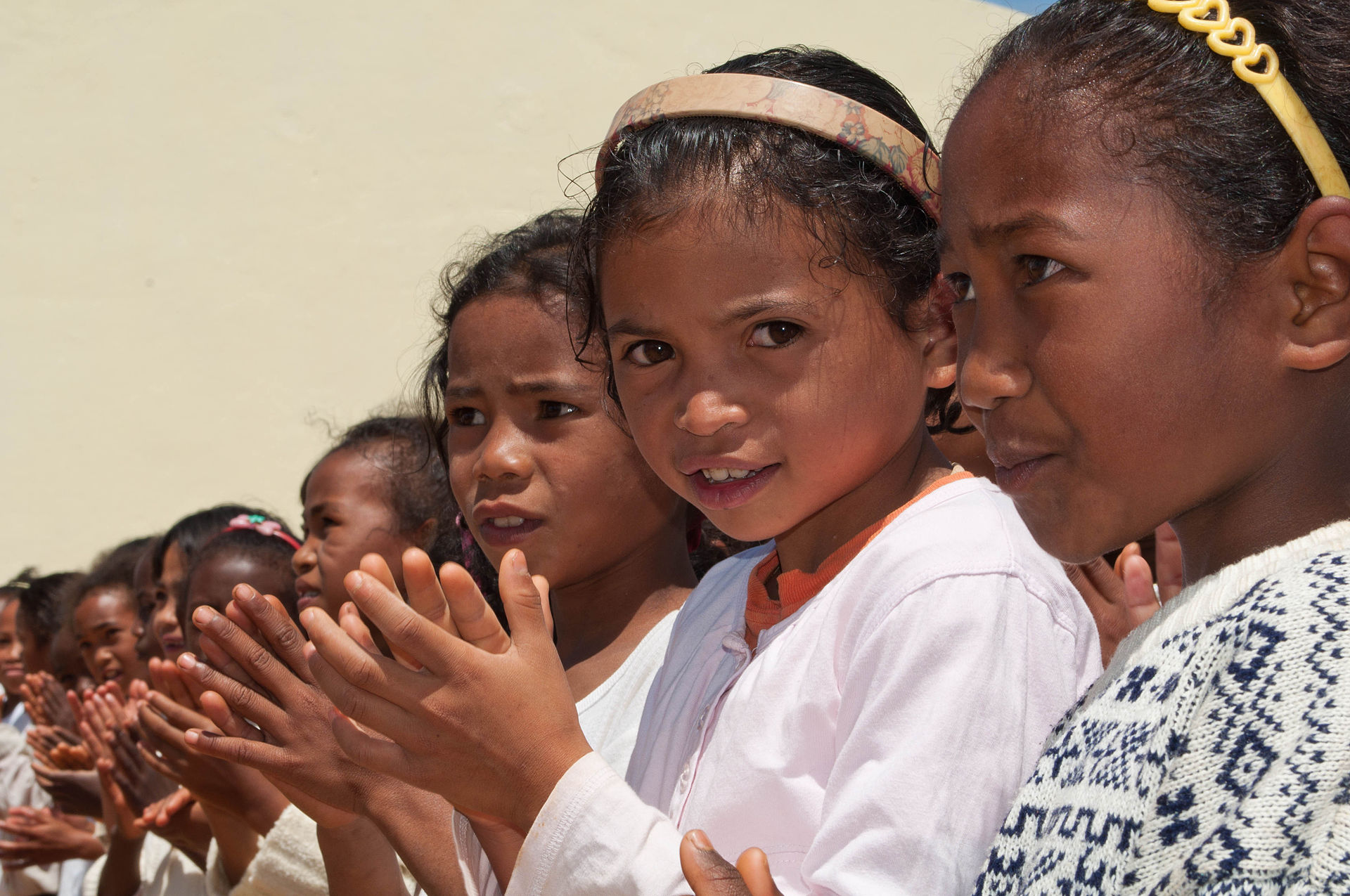
Reflection on a Historical Christian Understanding of Childhood
Burke, Tony. "Depictions of Children in the Apocryphal Infancy Gospels." Studies in Religion / Sciences Religieuses 41, no. 3 (2012): 388–400. https://doi.org/10.1177/0008429812441338.
Because of the study of child sexual abuse, I came to wonder how Christians throughout the centuries have looked at children. When I held the chair in Christian Family Studies at Saint Paul University (Ottawa), I studied families as a system, but this time, I wanted to really focus on children and see what could be helpful in the construction of a theology of childhood, as well as for Christian childhood ethics.
The time of Jesus and early Christianity seemed to me an interesting place to start, looking at what is recounted about Jesus’ childhood in the Gospels as well as in other sources. While in previous times, apocryphal texts were not much studied, often because they were considered gnostic and thus dismissed, nowadays they are considered an important source of information.
The article of Tony Burke, in which he looks at the Apocryphal Infancy Gospels, is quite interesting. He first argues that many texts are not as old as one might hope and finally he only keeps the Infancy Gospel of Thomas (IGT), which is the earliest (second century) non-canonical “Infancy Gospel”, as his subject of study (p.393). But this choice is not without its challenges since there are many versions of the IGT, and only recently has one been able to get rather close to the oldest – and thus most original – version. He warns that the study of apocryphal texts must take into account the ongoing text-critical studies.
This kind of text mostly foreshadows the adult the child will become. The IGT, however, contains many curses, which might bother the reader. Jesus, Burke argues, is seen by the author of the IGT in the line of other prophets, such as Elijah, Elisha, or Moses, who were just as likely to curse and to bless. The young Jesus was also wise beyond his years. Due to the negative view of children at the time, an illustrious person had to display characteristics that do not belong to a child but to an adult: so he is a “child who is not a child.“ (p.395).
The text puts much attention on teaching, seen in three encounters with teachers. The author refers to three authors who studied this topic: Lucie Paulissen, Chris Frilingos, and Reidar Aasgard. Rather than presenting the Burke's summary of those authors, I will present the opinions of these authors in a later post.
Burke concludes that, in his opinion, the apocryphal stories do not say much about real children, but present children in an idealized way, as “mature, often serious wise beyond their years” (p. 397). But one might learn about childhood through the peripheral characters that tell us about the exceptions made towards children.
Photo Credit: Saveoursmile (Hery Zo Rakotondramanana) Merina girls of highland Madagascar CC BY-SA 2.0
[themify_author_box avatar="yes" author_link="yes" color="gray"]

